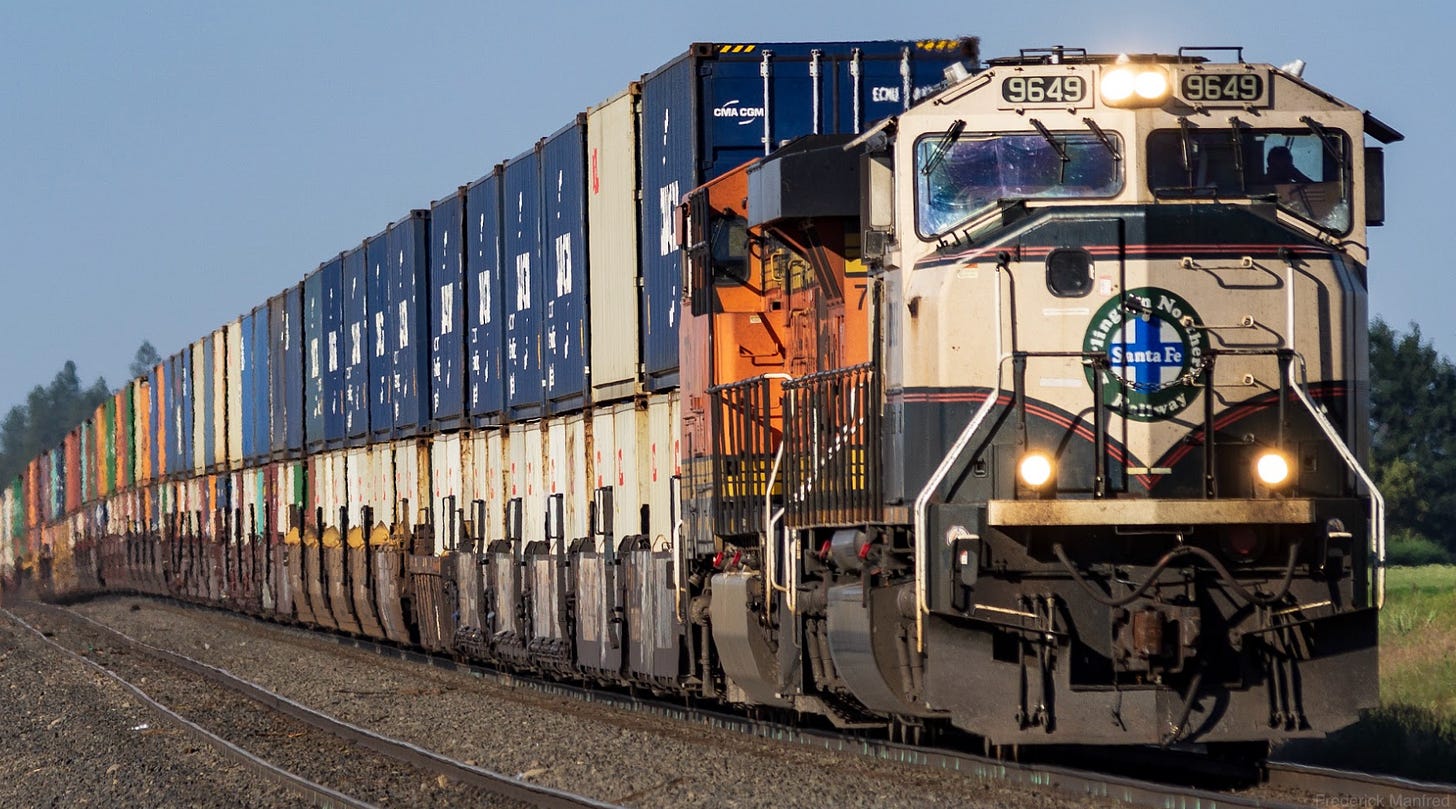Photography by Frederick Manfred Simon © www.steelwheels.photography
Inside This Issue
· Freight Expectations: When Will the Downturn End?
· Relief on the Rails: Railroads Suffering Less from Frei…
Keep reading with a 7-day free trial
Subscribe to Railroad Weekly to keep reading this post and get 7 days of free access to the full post archives.



